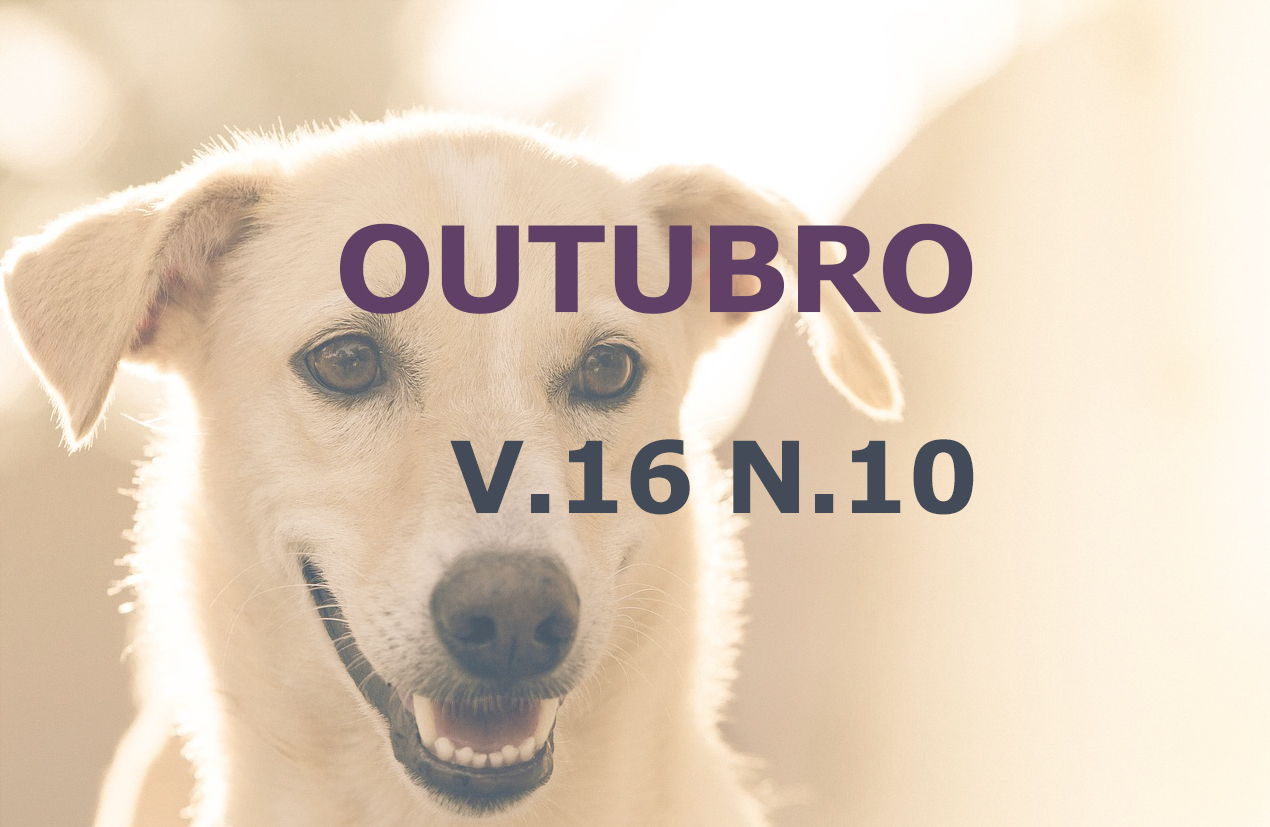Use of bovine plaque-rich plasma in piglets after the castration process
DOI:
https://doi.org/10.31533/pubvet.v16n10a1239.1-6Keywords:
Heterologous, inflammation, platelet concentrate, tissue repairAbstract
Platelet-rich plasma (PRP) is a platelet concentrate obtained from whole blood centrifugation, widely used in human and veterinary medicine because it contains growth factors that enhance the tissue repair process. The PRP of autologous origin is the most used in the routine, however, the impossibility of obtaining autologous blood must be considered, proceeding with a PRP of homologous or heterologous origin. To evaluate the efficiency of heterologous PRP in wound healing and possible reactions caused by the application, 24 piglets were submitted to the surgical castration process and divided into 2 groups, with G1 the control group and G2 the group that received topical application at the site of heterologous PRP incision. Bovine blood samples were used to obtain PRP, which were processed following a double centrifugation protocol. The wounds were evaluated for 3 days and showed no significant difference in the onset of infection, swelling, redness and formation and crusting. The presence of pruritus was more significant on the first day of infection, which may be related to heterologous PRP. Thus, it was concluded that the evaluated signs are compatible with the physiological healing of the lesions, with no adverse reactions observed.
Downloads
Published
Issue
Section
License
Copyright (c) 2022 Fernanda Vieira Faria Bastos, Pricilla Pozzatti, Erica Perez Marson Bako, Carlos Eduardo Nogueira Martins

This work is licensed under a Creative Commons Attribution 4.0 International License.
Você tem o direito de:
Compartilhar — copiar e redistribuir o material em qualquer suporte ou formato
Adaptar — remixar, transformar, e criar a partir do material para qualquer fim, mesmo que comercial.
O licenciante não pode revogar estes direitos desde que você respeite os termos da licença. De acordo com os termos seguintes:
Atribuição
— Você deve dar o crédito apropriado, prover um link para a licença e indicar se mudanças foram feitas. Você deve fazê-lo em qualquer circunstância razoável, mas de nenhuma maneira que sugira que o licenciante apoia você ou o seu uso. Sem restrições adicionais
— Você não pode aplicar termos jurídicos ou medidas de caráter tecnológico que restrinjam legalmente outros de fazerem algo que a licença permita.





